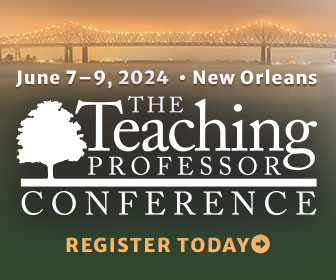A “Best of” List that Celebrates the Scholarship of Teaching & Learning
It’s that time of the year when everybody is doing their “Best of 2014” lists, and I have one of my own that I’ve been wanting to do for some time now.
It will not come as a surprise to anyone that in order to



